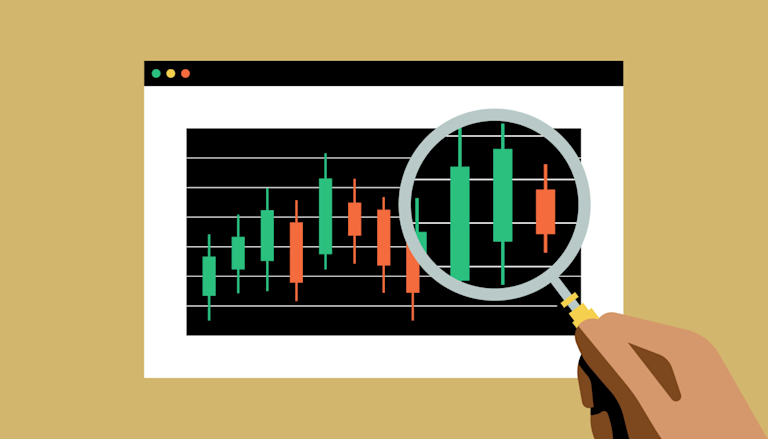
Understanding Crypto Trading Volume Tools
In the dynamic landscape of cryptocurrency trading, volume represents the heartbeat of market activity. Understanding and effectively leveraging Crypto Trading Volume Tools https://seekingalpha.com/article/45046-axion-power-international-the-wall-street-analyst-forum-presentation-transcript can significantly enhance your trading strategies. This article explores these tools, their benefits, and how to utilize them optimally.
What is Trading Volume?
Trading volume refers to the total number of assets traded within a specific time frame. In cryptocurrency, it’s a critical indicator of market activity and health, showing how much of a cryptocurrency has changed hands during a certain period, often measured in 24-hour intervals.
High trading volume indicates strong interest in a cryptocurrency, suggesting that it is either gaining popularity or undergoing significant events in the market. Conversely, low trading volume can suggest a lack of interest or liquidity issues, making it harder to enter or exit positions effectively.
Why is Trading Volume Important?
Volume plays a vital role in the decision-making process for traders. Here are a few reasons why it’s essential:
- Market Sentiment: Volume can be used alongside price movements to gauge market sentiment. For example, a price increase with rising volume indicates strong buying interest and bullish sentiment.
- Liquidity Indicator: Higher trading volume generally means better liquidity, allowing traders to execute larger orders without significantly impacting the price.
- Trend Confirmation: Traders often use volume to confirm trends. A price trend supported by increasing volume is more likely to be sustainable.
Types of Crypto Trading Volume Tools
There are several tools available to help traders analyze trading volume effectively:
1. Volume Indicators
Volume indicators analyze the trading volume and provide insights into market trends. Popular volume indicators include:

- On-Balance Volume (OBV): This indicator uses cumulative volume to show the relationship between price movement and volume. A rising OBV indicates that volume is flowing into the asset, suggesting strong buying pressure.
- Accumulation/Distribution Line: This tool trends the volume of upward and downward price movements, helping traders understand whether an asset is being accumulated or distributed over time.
2. Volume Profiles
A volume profile displays how much trading activity occurs at various price levels. It provides a graphical representation, allowing traders to identify support and resistance levels based on where significant volume has occurred. This tool can be especially useful for day traders and scalpers looking for entry and exit points.
3. Exchange Volume Comparison
Comparing trading volume across different exchanges can give traders insights into where the asset is most actively traded. Significant disparities in volume between exchanges can indicate where liquidity exists and help traders choose the best platform for their trades.
How to Use Volume Tools Effectively
Using trading volume tools effectively involves several strategies:
- Combine with Price Action: Always use volume indicators in conjunction with price trends. Look for volume spikes that accompany significant price movements to confirm the strength of the trend.
- Set Volume Alerts: Many trading platforms allow you to set alerts for volume thresholds. This can help you stay updated on market movements without constantly monitoring charts.
- Use Historical Data: Analyzing past volume trends can provide insights into how particular cryptocurrencies have reacted to various market conditions, thus enhancing future trading decisions.
Common Mistakes to Avoid
As with any trading strategy, understanding volume tools means avoiding some common pitfalls:
- Ignoring Context: Don’t just look at volume in isolation. Always consider the broader market context and other indicators.
- Overtrading on Volume Spikes: A sudden spike in volume may not always indicate a strong move. Always analyze the accompanying price action before taking action.
- Not Adapting to Market Changes: As markets evolve, trading volume patterns can change as well. Stay adaptable and be willing to adjust your strategies based on new information.
Conclusion
Crypto trading volume tools serve as a crucial part of any trader’s toolkit. They provide insights that can enhance decision-making and help navigate the volatile cryptocurrency landscape. By understanding trading volume, utilizing the right tools, and avoiding common pitfalls, traders can position themselves for success in a rapidly evolving market. The ability to track and analyze volume effectively can be the difference between profit and loss, making it an area of focus for both novice and experienced traders alike.